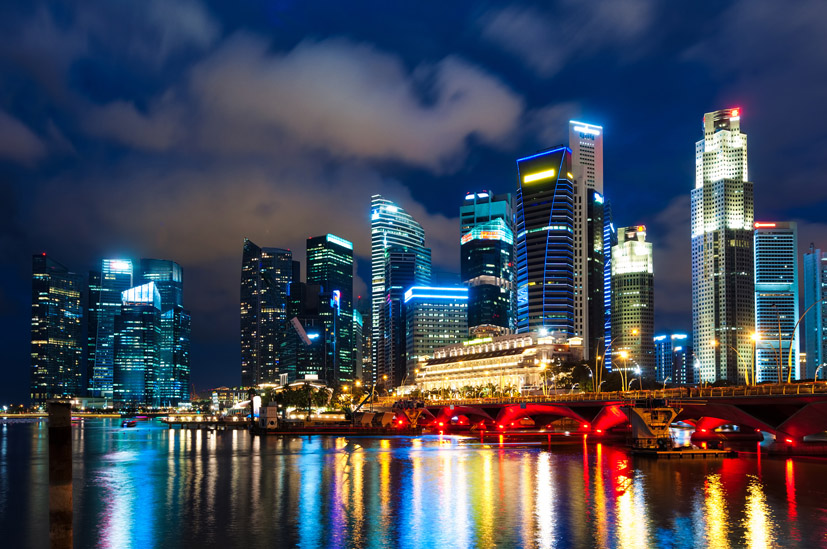Guide to Buying Property in Singapore

For expats seeking an improved quality of life for their families, excellent job prospects and easy integration into local culture, Singapore is one of the shiniest diamonds in the crown of Asian cities. Combine these attractive features with plenty of glorious sunshine, world-class shopping and delectable food and it’s not hard to see why so many expats are keen to buy property in Singapore. And for a great number of these expats, taking the plunge and buying a property in Singapore can be the best way to feel like they are really putting down roots.
Although the proportion of foreign buyers in Singapore has declined since 2011 when they accounted for around 20 percent of non-landed property transactions, overseas buyers still hold an integral position in the market, accounting for around 10 percent of purchases. And with the strength of the Singapore dollar and relative stability of the market to consider, it looks as though overseas investors are not likely to be disappearing any time soon.
Things to consider when looking to buy
If you are considering buying property in Singapore instead of renting, you’ll be pleased to know that the process of organising a mortgage is mostly uncomplicated – particularly as all official and legal transactions are carried out in English. However, as with all matters financial, you are advised to seek local legal advice.
The Wall Street Journal recently advised that although there are no taxes on capital gains, there are a variety of stamp duties applicable to both the seller and buyer. The exact figures due vary according to a number of factors, including whether you are a Singaporean citizen, permanent resident, or foreign owner. Stamp duties can also be affected if a Free Trade Agreement exists between your country of citizenship and Singapore, as well as whether it is your first property purchase in the country.
Currently, foreign buyers are eligible to purchase: condominium developments; flats in buildings of six or more floors; HUDC Phase I flats, Phase II flats and privatised Phase III and IV flats (HUDC = Housing and Urban Development Company; in the 1970s and 1980s, it built homes for middle-income families); and leasehold estates subject to certain specifications. However, restricted properties include: vacant land; landed residential property or property located in a building of less than six floors; and executive condominiums.
According to figures from Trovit, the average purchase price of property per square foot in Singapore for April 2015 is $808 (£398), with the average family home costing $1,127,810 (£554,850).
Popular living locations in Singapore
In terms of location, where you choose to set up shop can make a big difference in terms of cost and convenience. Prime districts include the areas around Orchard Road and are unsurprisingly amongst the most expensive, offering unparalleled access to city centre living and some bohemian neighbourhoods like Holland Village. Sentosa offers some of the most exclusive properties in Singapore with stunning sea views and luxury amenities, while the east coast is a popular choice for more affordable condominiums, easy access to the airport and the beautiful East Coast Park.
If you are moving to Singapore our international expertise at moving your possessions from one country to another is best in class. We have over 40 years’ experience and are precise, secure, knowledgeable, taking special care of your belongings from start to finish. Visit our Singapore hub for full details and request a quote.
Information correct at time of publication.



